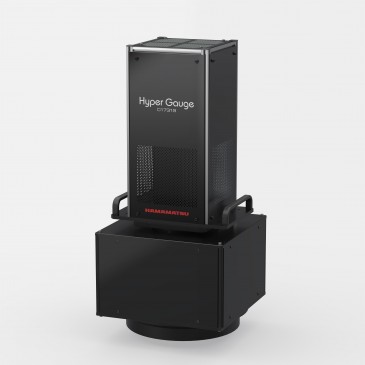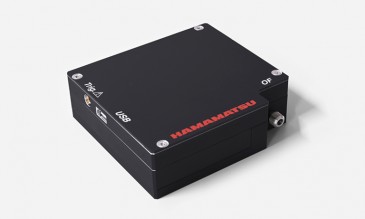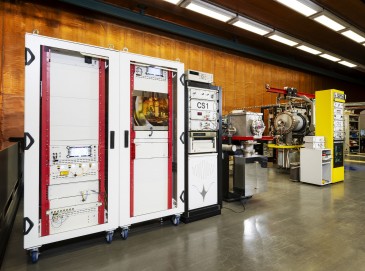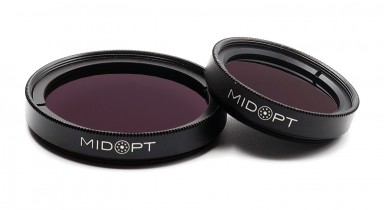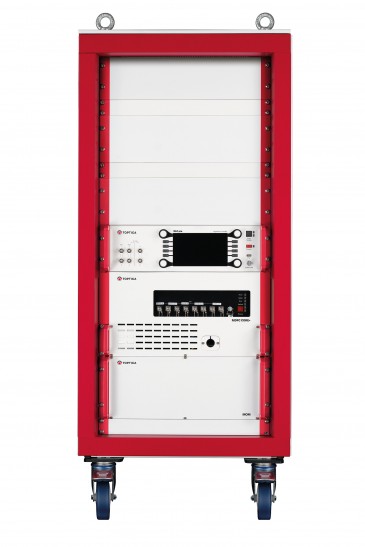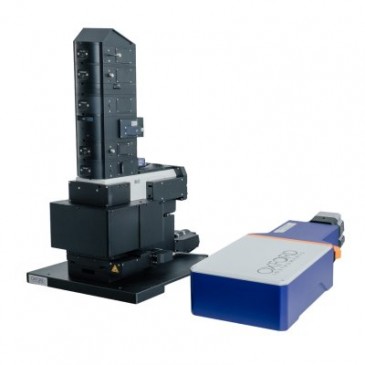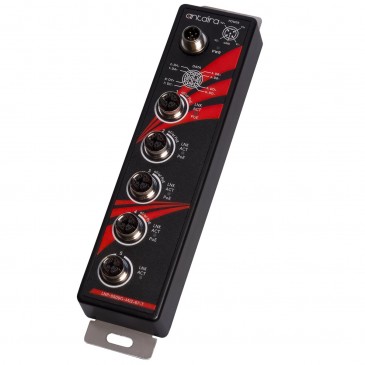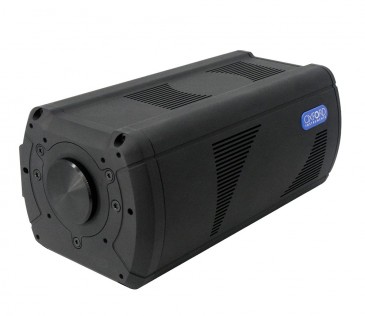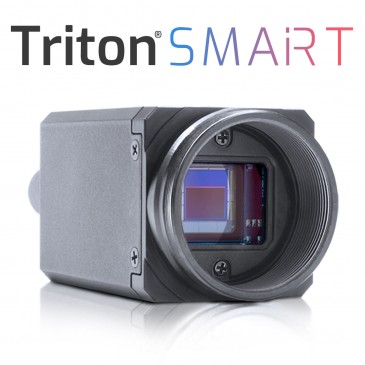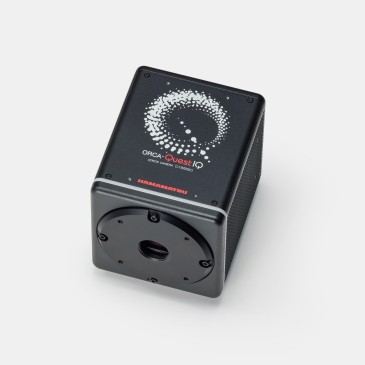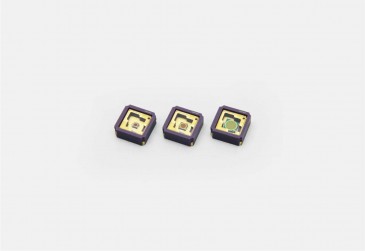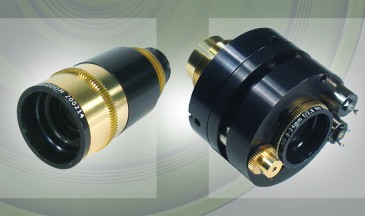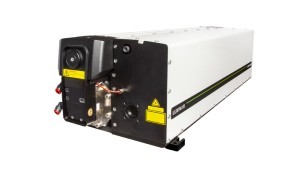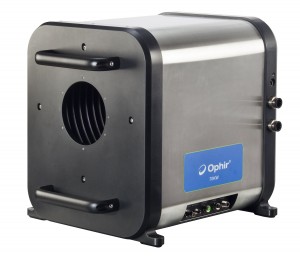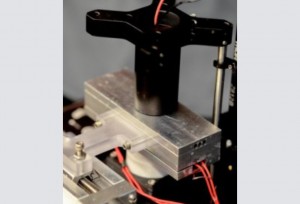
Health officials are looking for ways to quantify the global impact of anemia, a disease caused by a concentration deficiency of hemoglobin in red blood cells. Now, researchers at the University of Washington, Seattle, Washington (US), developed a portable device for detecting the level of the protein hemoglobin in whole blood samples through optical absorbance.
Current blood analyzers measure hemoglobin by chemically rupturing the red blood cells, which requires some medical expertise to prepare the sample, limiting the ability to monitor anemia in many parts of the world.
“This device, unlike many others, does not require hemolysis,” says doctoral student and lead author Nikita Taparia, University of Washington. The novel analyzer uses only a few drops of whole blood and does not require elaborate sample preparation. It is portable and can be used anywhere by anyone. “It still works with the same underlying principles of optical detection,” the researcher says, elaborating that most devices measure light transmission through a blood sample of known height in order to determine the amount of hemoglobin. “However, because we use whole blood, we account for light scattering from the red blood cells and not just absorption from the hemoglobin.”
How the light-based blood analyzer works
“The microfluidic device is simply a microscale channel with an inlet and outlet to allow for blood flow,” Taparia explains. “The analyzer is based on LED illumination — green light — captured by a CMOS camera sensor after light passes through this blood filled microchannel.”
Knowing that anemic blood transmits more light than healthy blood, the researchers can measure the severity of anemia as the ratio of transmitted to original light intensity. In the experiments, the prototype effectively predicted moderate to severe anemia in blood samples that had been diluted with a buffer solution to simulate anemia. There were no false negative results.
“The biggest challenge was probably just making sure the optics were aligned and our sample was in focus.” Taparia reports. “This just took a bit of troubleshooting, and once we solved the problem, the testing became relatively easy.”
The methodology was developed to help enhance already published microfluidic based blood diagnostics in the field. The expert points to “great work” scientists are already doing in malaria detection, for example, and have also developed a device that requires whole blood. “Now, if they were to implement this detection scheme, they could find out the severity of the anemia paired with a patient that has malaria,” she notes, adding that anemia affects a quarter of the world population, but it can manifest in the form of diseases like malaria or genetic disorders like sickle cell. “Anemia surveillance needs to have a simple, affordable detection tool to gather this data around the world and to help provide targeted treatment.”
The work is detailed in the article “A microfluidic approach for hemoglobin detection in whole blood,” published in AIP Advances.
Written by Sandra Henderson, research editor Novus Light Technologies Today























 Back to Features
Back to Features